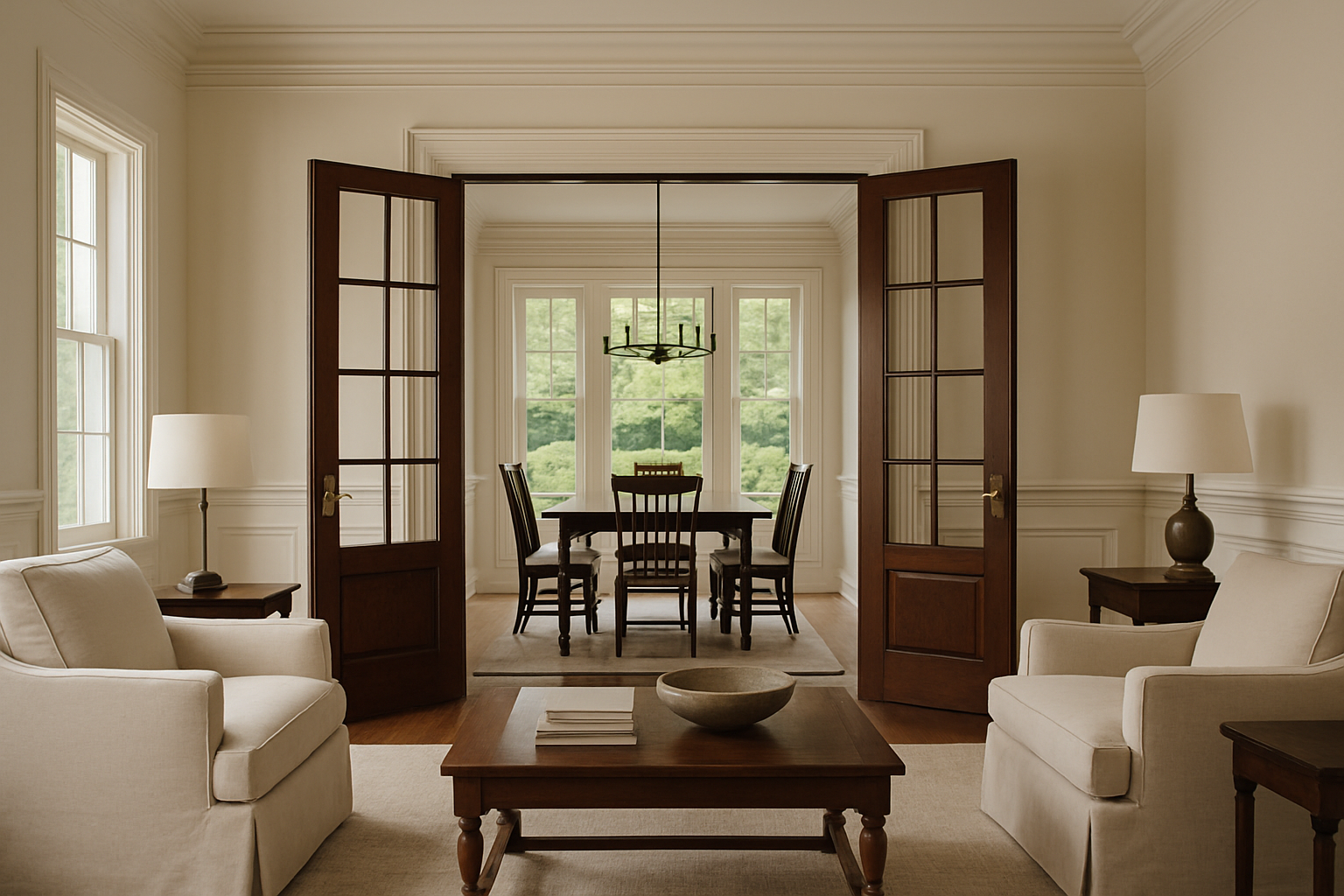Used Furniture: A Complete Guide to Buying and Restoring
Used furniture offers an affordable and sustainable way to furnish your home while reducing environmental impact. Whether you're looking for unique vintage pieces or modern designs at budget-friendly prices, the secondhand furniture market provides countless opportunities to find quality items that suit your style and needs.

How to Check the Condition of Used Furniture
Examining used furniture thoroughly before purchase prevents costly mistakes and ensures you bring home functional pieces. Start by inspecting the structural integrity, checking for loose joints, wobbly legs, or cracked frames. Wooden furniture should be examined for signs of wood rot, insect damage, or splitting along the grain. Test all moving parts including drawers, doors, hinges, and hardware to ensure they operate smoothly.
Look closely at upholstered pieces for stains, tears, or excessive wear patterns that might indicate underlying structural problems. Check for unusual odors that could indicate mold, pet damage, or smoke exposure, as these issues can be difficult and expensive to remediate. Finally, measure the piece to confirm it will fit in your intended space and through doorways during transport.
How to Clean and Restore Used Furniture Properly
Proper cleaning and restoration techniques can transform worn used furniture into attractive, functional pieces for your home. Begin with gentle cleaning using appropriate products for the specific material - wood cleaner for wooden surfaces, upholstery cleaner for fabric, and specialized cleaners for metal or plastic components. Remove hardware when possible to clean both the piece and the fixtures separately.
For wooden furniture, light sanding may be necessary to remove scratches or prepare surfaces for refinishing. Apply wood conditioner before staining to ensure even color absorption, then finish with appropriate sealers or protective coatings. Upholstered items may require professional cleaning or complete reupholstering depending on their condition. Always test cleaning products and restoration techniques on inconspicuous areas first to avoid damaging the piece.
Used Furniture for Modern and Vintage Home Designs
Used furniture seamlessly integrates into both modern and vintage design schemes when selected and styled thoughtfully. For modern interiors, look for clean-lined pieces from the mid-century modern era, Scandinavian designs, or contemporary furniture with minimal ornamentation. These pieces often feature quality construction and timeless appeal that complements current design trends.
Vintage design enthusiasts can explore furniture from specific eras such as Victorian, Art Deco, or Colonial periods to create authentic period rooms. Mixing vintage pieces with modern elements creates eclectic spaces with character and visual interest. Consider the scale, proportion, and color palette of existing furnishings when selecting used pieces to ensure cohesive design flow throughout your home.
| Furniture Type | Average Price Range | Typical Sources | Restoration Cost |
|---|---|---|---|
| Wooden Dining Table | $50-$300 | Estate sales, thrift stores | $75-$200 |
| Upholstered Sofa | $100-$500 | Online marketplaces, consignment shops | $200-$800 |
| Vintage Dresser | $75-$400 | Antique stores, garage sales | $100-$300 |
| Mid-Century Chair | $25-$200 | Flea markets, online platforms | $50-$150 |
Prices, rates, or cost estimates mentioned in this article are based on the latest available information but may change over time. Independent research is advised before making financial decisions.
Understanding market values helps you negotiate fair prices and identify genuine bargains in the used furniture market. Research comparable pieces online and visit multiple sources to develop pricing awareness for different furniture categories. Consider the total investment including purchase price, transportation costs, and any necessary restoration expenses when evaluating potential purchases.
Remember that unique or designer pieces may command higher prices but often retain their value better than mass-produced furniture. Location significantly impacts pricing, with urban areas typically offering more selection but higher prices compared to rural markets. Seasonal factors also influence availability and pricing, with spring and summer generally offering better selection as people move and declutter.
Building relationships with local dealers, attending regular sales, and monitoring online platforms consistently increases your chances of finding exceptional pieces at reasonable prices. Many sellers are willing to negotiate, especially when purchasing multiple items or paying cash. Patience and persistence are essential qualities for successful used furniture shopping, as the perfect piece may take time to locate.
Used furniture shopping requires knowledge, patience, and careful evaluation, but the rewards include unique pieces, significant cost savings, and the satisfaction of giving quality furniture a second life. Whether you’re furnishing your first apartment or adding character to an established home, the used furniture market offers endless possibilities for creating personalized, sustainable living spaces that reflect your individual style and values.




